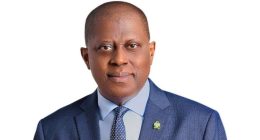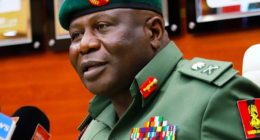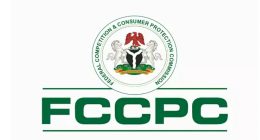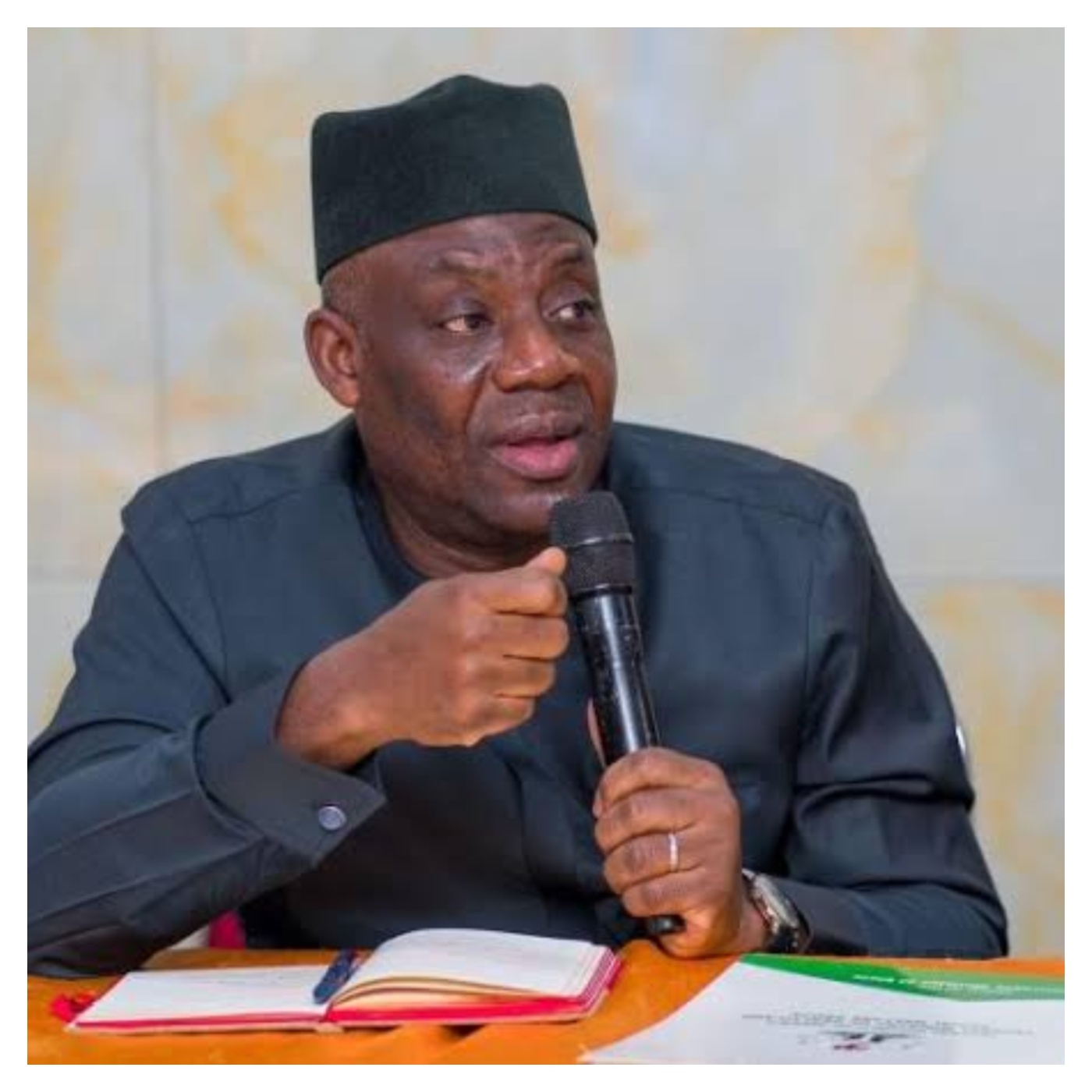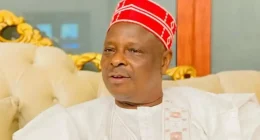 Christianity in Nigeria has a rich, complex, and deeply influential history that spans over five centuries. From its early European missionary contacts in the 15th century to its full integration into Nigerian society as a dominant religious force, Christianity has undergone significant evolution and played a central role in shaping the cultural, political, educational, and social landscape of Nigeria.
Christianity in Nigeria has a rich, complex, and deeply influential history that spans over five centuries. From its early European missionary contacts in the 15th century to its full integration into Nigerian society as a dominant religious force, Christianity has undergone significant evolution and played a central role in shaping the cultural, political, educational, and social landscape of Nigeria.
1. Early Encounters: The Arrival of Christianity in the 15th Century
The earliest recorded contact between Christianity and what is now Nigeria dates back to the 15th century, with the arrival of Portuguese explorers and missionaries along the coast of the Kingdom of Benin (present-day Edo State). Around 1472, Portuguese merchants and Catholic priests visited the region as part of their broader exploration and trade missions along the West African coast. These missionaries attempted to introduce Roman Catholicism to the ruling elite of Benin.
Historical records indicate that Oba Esigie, the king of Benin (reigning around 1504–1550), welcomed the missionaries and even allowed his son to be baptized and educated in the Christian faith. A Catholic church was established, and Christian elements became part of the cultural landscape of Benin. However, the influence of Catholicism waned over time, especially by the 17th century, as the Portuguese presence diminished and the trans-Atlantic slave trade increased.
2. The Missionary Revival: Christianity in the 19th Century
The 19th century marked a new and much more significant phase in the Christianization of Nigeria. This period witnessed the rise of Protestant missionary activity, driven by both European missionary organizations and returning African freed slaves from the Americas and Sierra Leone.
a.
Sierra Leone and the Returnee Influence
Many Africans who had been freed from slavery by British naval patrols were settled in Freetown, Sierra Leone, where they were converted to Christianity, educated, and trained in European customs. Some of these returnees, particularly of Yoruba origin (known as Saro or Aguda), eventually migrated to the Yoruba hinterlands of southwestern Nigeria, especially Lagos, Abeokuta, Ibadan, and Ijebu-Ode.
These returnees played a crucial role in spreading Christianity, especially Anglicanism and Methodism, by establishing churches, schools, and Christian communities.
b.
The Church Missionary Society (CMS)
One of the most influential missionary organizations in Nigeria was the Church Missionary Society (CMS), an Anglican body from Britain. The CMS began its mission in Nigeria in 1842, when Rev. Henry Townsend and Thomas Birch Freeman, a Wesleyan Methodist missionary, arrived in Badagry, near Lagos.
By 1846, the CMS had expanded into Abeokuta, with the help of Rev. Samuel Ajayi Crowther, a Yoruba ex-slave who became the first African Anglican bishop. Crowther translated the Bible into Yoruba and other local languages and helped establish Christianity among the Yoruba people.
c.
Catholic Missions
The Roman Catholic Church also revived its missionary activities during this period. The Société des Missions Africaines (SMA) of Lyon, France, began Catholic missions in Lagos and its environs from the mid-19th century onward. Fr. Jean-Baptiste Chausse and other priests laid the groundwork for the expansion of Catholicism in Nigeria. The Holy Ghost Fathers (Spiritans), later joined the effort in southeastern Nigeria.
3. Expansion into the Hinterland and the North (Late 19th – Early 20th Century)
While initial missionary activities were concentrated in the southwestern and southeastern parts of Nigeria, the northern region posed greater challenges. The Sokoto Caliphate, a powerful Islamic empire founded by Usman dan Fodio in the early 19th century, had established Islam as the dominant religion in the North, making it resistant to Christian penetration.
a.
Southeastern Nigeria
In southeastern Nigeria, Christianity gained a firm footing among the Igbo people, especially from the 1880s onward. The Holy Ghost Fathers and the CMS were particularly active. The missionaries introduced Western education, which became a major tool for Christian conversion. The translation of the Bible into Igbo and the training of indigenous clergy fostered rapid church growth.
b.
Northern Nigeria
Christian missionary efforts in the North were initially limited and controlled by colonial policies. The British colonial administration, which formally began with the amalgamation of Northern and Southern Nigeria in 1914, discouraged Christian missions in predominantly Muslim areas to avoid conflict with Muslim rulers (emirs).
Despite this, missions like the Sudan Interior Mission (SIM), later known as Serving In Mission, worked among non-Muslim ethnic groups in central and northern Nigeria such as the Tiv, Jukun, Berom, and others in the Middle Belt. Over time, this region became a Christian stronghold in northern Nigeria.
4. Christianity and Colonialism
Christianity and colonialism were deeply intertwined in Nigeria. Missionaries often worked hand-in-hand with colonial administrators, spreading Western education, medicine, and values. Missionary schools became centers of learning, producing an educated elite that would eventually spearhead Nigeria’s nationalist movements.
While Christianity brought modernization, it also disrupted traditional beliefs and practices, leading to conflicts with indigenous religions. However, over time, many communities began to synthesize Christian beliefs with traditional customs, leading to the emergence of African Independent Churches.
5. The Rise of African Independent Churches (AICs)
By the early 20th century, dissatisfaction with European control of churches, racial discrimination, and a desire for Africanized expressions of Christianity led to the formation of African Independent (or Indigenous) Churches.
Some of the notable early AICs include:
- The Church of the Lord (Aladura) – founded in the 1920s, part of the broader Aladura movement that emphasized prayer, prophecy, and healing.
- Cherubim and Seraphim Church – founded by Moses Orimolade in 1925.
- The Apostolic Church and Christ Apostolic Church (CAC) – these grew out of revival movements in the 1930s, led by figures such as Joseph Ayo Babalola, who is remembered for mass healings and charismatic preaching.
These churches combined Pentecostal spirituality, indigenous cultural practices, and biblical teachings, appealing to large segments of the Nigerian population.
6. Post-Independence Era and Pentecostal Explosion (1960s–Present)
After Nigeria gained independence in 1960, the religious landscape became increasingly dynamic. While the mainline denominations (Anglican, Catholic, Methodist, Presbyterian) maintained their presence, the Pentecostal and Charismatic movements exploded in popularity from the 1970s onward.
a.
The Pentecostal Wave
Pentecostalism emphasized personal salvation, speaking in tongues, miracles, healing, and prosperity preaching. Influential leaders like:
- Benson Idahosa (founder of Church of God Mission),
- W.F. Kumuyi (Deeper Life Bible Church),
- David Oyedepo (Living Faith Church aka Winners’ Chapel),
- E.A. Adeboye (Redeemed Christian Church of God – RCCG),
led the charge, turning Nigeria into one of the global centers of Pentecostal Christianity.
Pentecostal churches used modern media, mass crusades, and community outreach to expand their influence. Many of them now have international branches and wield significant political and economic power.
b.
Christianity in Modern Nigeria
Today, Nigeria has one of the largest Christian populations in Africa. Estimates suggest that over 46% of the population identifies as Christian, with high concentrations in the South-East, South-South, and South-West regions, and substantial Christian populations in the Middle Belt.
Christianity has shaped Nigeria’s:
- Education system (most of the earliest schools were mission schools),
- Health sector (Christian hospitals and clinics),
- Media (Christian TV, radio, and online platforms),
- Politics (many Christian leaders and political movements),
- Culture and entertainment (gospel music, drama, and festivals).
7. Challenges and the Future of Christianity in Nigeria
Despite its growth, Christianity in Nigeria faces multiple challenges:
- Religious violence and persecution, especially in the North, where Boko Haram and other extremist groups have targeted Christians.
- Inter-religious tensions, particularly between Christians and Muslims in mixed regions.
- Corruption and commercialization of the faith, especially with the rise of the “prosperity gospel.”
- Doctrinal fragmentation due to the proliferation of churches and lack of theological depth in some quarters.
Nonetheless, Nigerian Christianity remains vibrant, adaptive, and influential both within the country and across the African diaspora. Nigerian pastors and churches now have a global reach, and the country is increasingly seen as a missionary-sending nation, exporting Christianity to Europe, North America, and beyond.
Conclusion
The history of Christianity in Nigeria is a story of encounter, adaptation, resistance, revival, and transformation. From the early Catholic missions of the 15th century to the dynamic Pentecostal movements of the 21st century, Christianity has played a profound role in shaping Nigerian society. It continues to evolve, negotiate challenges, and assert itself as a defining element of Nigeria’s national identity and global religious significance.


